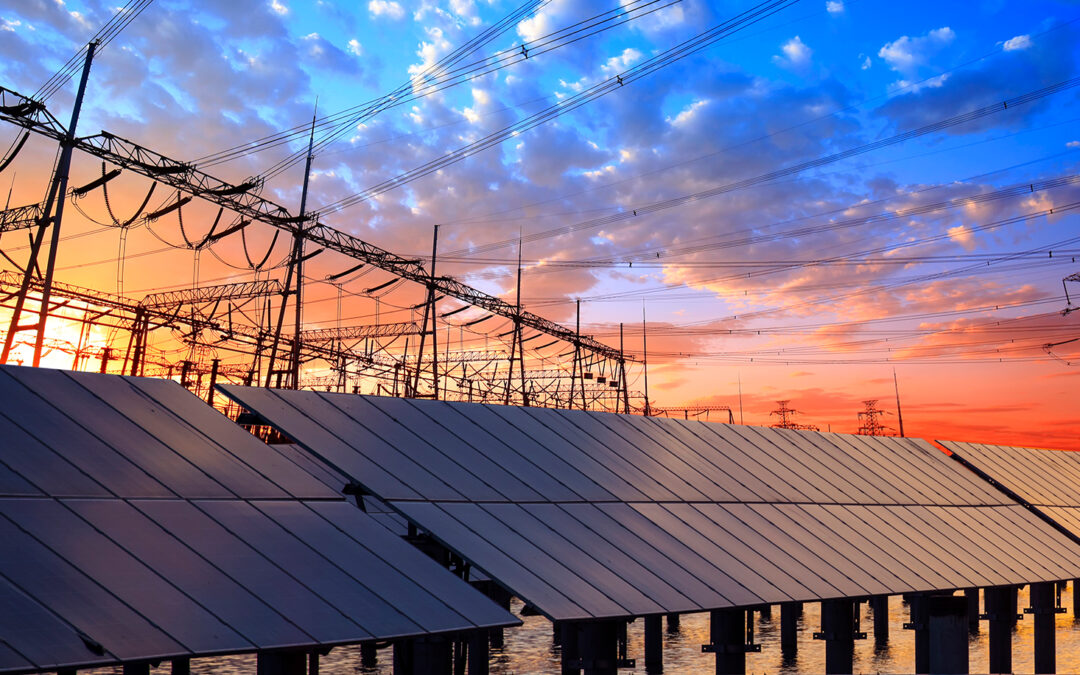- Utility fasteners contribute to the overall efficiency and safety of renewable energy projects in South America.
- Increased investments promote the development of the renewable energy projects.
- Renewable energy porjects reduce greenhouse gas emissions and helps mitigate climate change.
As the world continues in the global energy transition, South America has experienced a surge in investments in renewables. This is driven by the natural resources, favorable government policies, and growing demand for sustainable energy. With the ongoing investments the region is set to become a global leader in the renewable energy transition. Renewable energy on the continent accounts for 70% of the total energy produced. The transition in this region could pose a challenge as 80% of the region are fossil fuel producers. By capitalizing on the renewable opportunities, South America can achieve a more sustainable and resilient energy future. Major renewable energy projects include solar power in Chile, Brazil, and Peru and wind power in Argentina and Colombia. Hydropower is the traditional source of energy in the region. These projects use utility fasteners to ensure the safe and efficient operation of various components.
High-quality utility fasteners help in attaching solar panels to roofs and ensuring sun exposure. They also connect components of wind turbines, such as towers and blades, to ensure their structural integrity. Utility fasteners connect batteries, inverters, and other components in energy storage systems. Common types of fasteners used include bolts, nuts, screws, clamps, and rivets. Each of these fasteners plays a specific role in providing secure and adjustable connections. The private sector involvement helps in diversifying the energy portfolios and meeting sustainability targets. The development of renewable energy in South America faces several challenges that may hinder the progress. These include political uncertainty and grid infrastructure limitations. Renewable energy helps improve air quality and health by reducing air pollution. This article highlights the importance of using utility fasteners in renewable energy projects. It also looks at the impacts of increased investment in the renewable energy sector in South America.
Increased investments in South America’s renewable energy sector have significant impacts.
Investments in the renewable sector offers economic, environmental, and social impacts in South America. The investments also help in reshaping the energy landscape with positive impacts. Increased investments lead to a more sustainable, resilient, and fair energy future. They also help the region address the several challenges to continue in the transition to clean energy. International banks and financial institutions play a vital role in funding renewable projects. They provide favorable financing conditions and de-risking mechanisms for investors. Using high-quality utility fasteners helps to ensure the longevity and performance of solar panels, wind turbines, and energy storage systems. This helps in supporting the sustainable energy future for South America. The following are the impacts of increased investments in South America’s renewable energy sector.
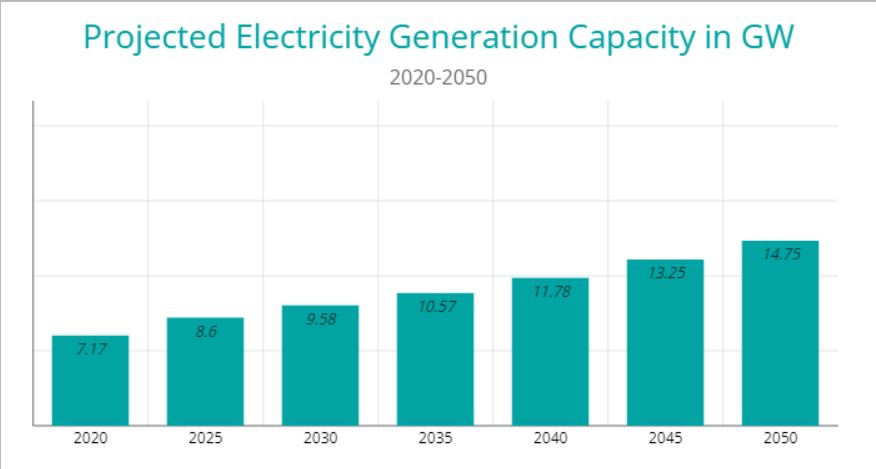
- Economic impacts – investments in the renewable energy sector creates job opportunities. These are jobs in construction, maintenance, and operation. The projects help reduce energy costs due to the decreasing cost of solar and wind technologies. The investments also help in diversifying the energy sector and reduce the reliance on fossil fuels and hydropower.
- Environmental impacts – increased investments in renewable energy increase their adoption. This helps reduce the carbon footprint in the region. Wind, solar, and other clean energy sources produce little to no greenhouse gas emissions. They also provide complementary energy sources, which reduces the environmental impact of large hydroelectric dams. Proper management of renewable energy can protect natural habitats by avoiding environmental degradation.
- Social impacts – renewable energy projects bring electricity closer to communities. Some of the projects allow communities to enjoy energy production through sustainable practices.
- Technological and infrastructure development—integration of renewable energy sources needs investments in grid infrastructure. The investments also stimulate technological development. This is including storage solutions like batteries and hydrogen production.
Functions of utility fasteners in renewable energy projects
Utility fasteners are components that serve as non-permanent joints to avoid abrasion or damage. They play a vital role in renewable energy projects by ensuring the structural integrity and reliable operation. They serve in solar panels, wind turbines, and energy storage systems. High-quality fasteners offer structural support, corrosion resistance, electrical safety, and system performance. The following are the functions of utility fasteners in renewable energy projects.
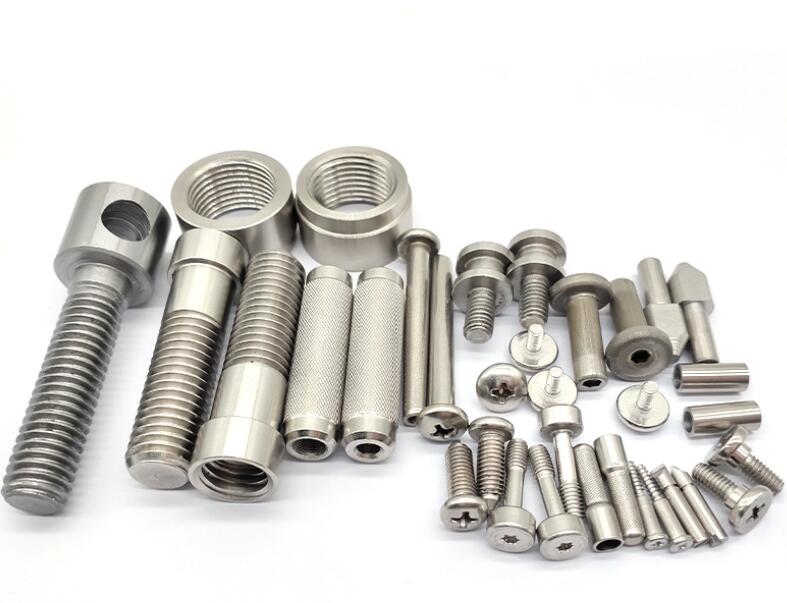
- Structural support and stability – utility fasteners provide structural support for renewable energy systems. Components such as bolts, nuts, screws, and clamps secure photovoltaics in solar panels to mounting racks and rooftop structures. They also connect components of the turbine tower, blades, and nacelle. This contributes to the stability and durability of the structure.
- Load distribution and vibration control—fasteners help distribute mechanical loads across structures to reduce stress concentrations. They also reduce movements that can lead to mechanical wear, loosening, and vibration.
- Corrosion resistance – the fasteners face conditions such as moisture, salt, and UV radiation in offshore wind farms and solar installations in coastal areas. Corrosion-resistant fasteners ensure the longevity and reliability of renewable energy installations. They protect the structural components from rust, which could compromise safety and efficiency.
- Integration with energy storage systems – utility fasteners secure the battery modules and ensure the safety of electrical connections in energy storage systems.
- Ease of installation and maintenance – the fasteners ease the installation and assembly of renewable energy components. They also make maintenance more manageable, which reduces repairs and upgrades costs.
- Electrical grounding – fasteners act as grounding components to bond solar panels and mounting racks to the grounding system.
- Alignment and positioning of components – utility fasteners aid in the alignment and positioning of renewable energy components. They allow for fine-tuning the tilt angle of solar panels to optimize sunlight capture.
The Role of Utility Fasteners in Renewable Energy Projects for Climate Change Mitigation
Renewable energy projects play a crucial role in addressing climate change in South America. The investments in the sector help reduce greenhouse gas emissions and improve energy resilience. Renewable energy projects also help increase energy security and sustainable development. There are some challenges to address to mitigate climate change in South America. These include balancing environmental impact and grid infrastructure. Utility fasteners help in supporting the development of grid infrastructure and renewable energy projects. Investments in renewable energy in South America come from various sources. These include government funding, the private sector, international financial institutions, and development banks. The following are the roles of renewable energy in mitigating climate change.
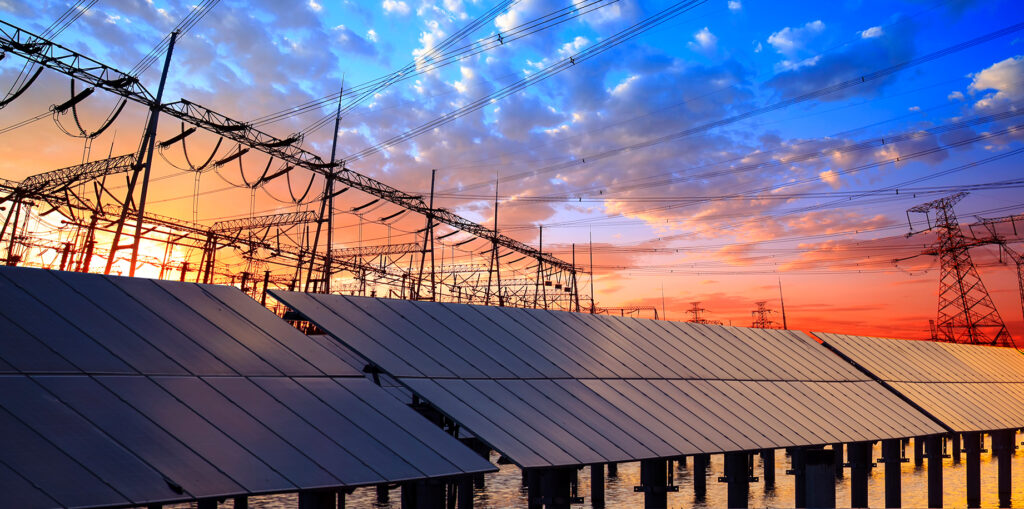
- Reduction in greenhouse gas emissions – the production of fossil fuels in the region leads to carbon dioxide emissions. Renewable energy sources provide a low-carbon alternative to fossil fuels.
- Diversifying energy sources – the development of these projects diversifies the energy mix. It also reduces dependence on fossil fuels. Resources such as hydropower, solar, wind, and geothermal can reduce reliance on imported fossil fuels. The sources also help develop a more sustainable energy system.
- Mitigating the impact of droughts on hydropower – South American countries depend on hydropower for electricity. Hydropower is vulnerable to climate change impacts such as droughts. Sources such as solar and wind provide a solution by generating electricity during dry periods.
- Enhancing energy access – many renewable energy projects bring electricity to communities with limited access. This can drive local economic development and improve quality of life. High-quality utility fasteners meet industry standards and prevent accidents, equipment failures, and downtime.
- Reduction of air pollution – renewable energy projects lower air pollution by reducing use of fossil fuels.
Future outlook
Increased investments in South America’s renewable energy are driving a transformative shift in the energy landscape. This is with a growing focus on solar, wind, hydropower, and bioenergy. The region has abundant natural resources and favorable climate conditions. These make it ideal for renewable energy expansion. These investments are from several sources, including government incentives, private sector funding, international development banks, and innovative financing mechanisms. The increased investments help South American countries reduce dependence on fossil fuels. They also help reduce greenhouse gas emissions and achieve sustainable goals.
Utility fasteners serve in the development and operation of renewable energy projects. The components ensure the structural stability, safety, and long term performance of the systems. Utility fasteners secure solar panels to mounting racks and reduce vibrations in wind turbines. They are from corrosion resistant materials that allow them to withstand South America’s diverse climates. At TTF Power, we provide high-quality overhead line hardware, transmission hardware, distribution hardware, conductors, insulators, cutout switches, anchoring, and grounding products. Our high-quality utility fasteners provide the structural support necessary for renewable energy projects. We reduce problems inherent to manufacturing by utilizing 3D modeling, tolerance analysis, reverse engineering, and cost reduction.
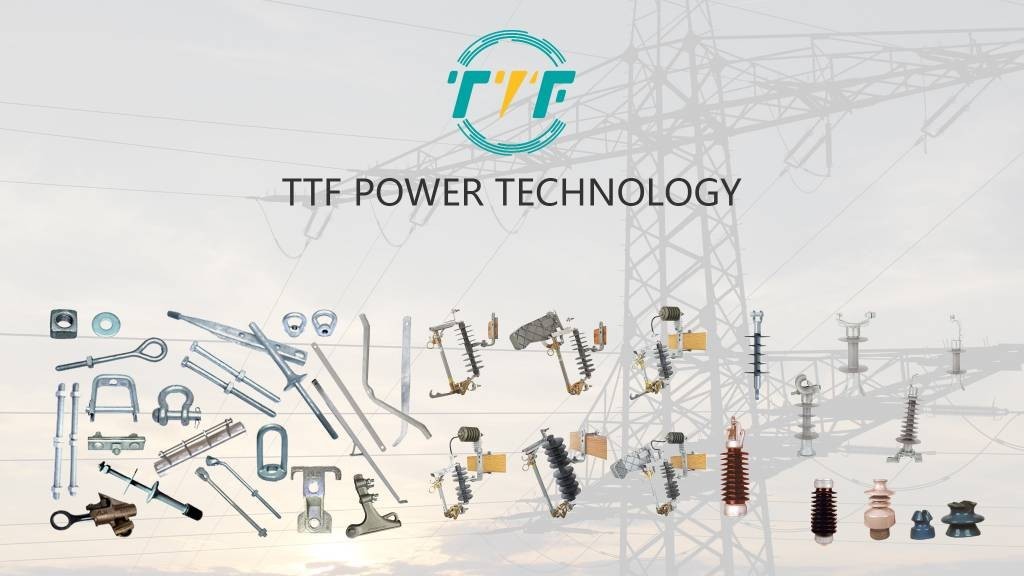
The future for renewable energy investments looks promising, with expected growth over the next decade. It also presents an opportunity for sustainable development, economic growth, and climate change mitigation. The key trends shaping the future include expansion of solar and wind energy, increased role of energy storage and grid modernization. They also include cross-border projects and emerging technologies. The continued growth of renewable energy will cause the need for high-quality utility fasteners. This is to support the region’s efforts in building a resilient, low-carbon energy system. By providing quick and easy installation, the fasteners will help reduce project timelines and costs. This will ensure the success of South America’s transition to a sustainable energy future.

